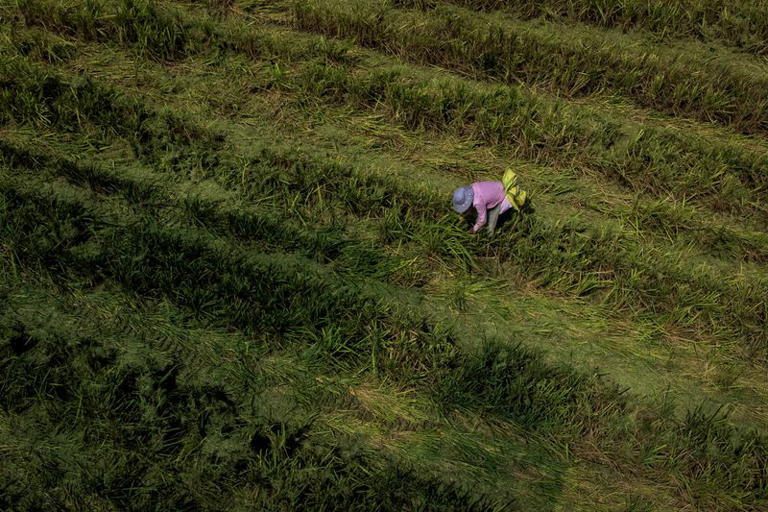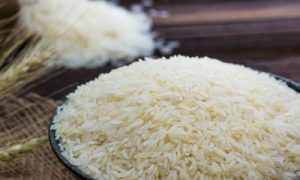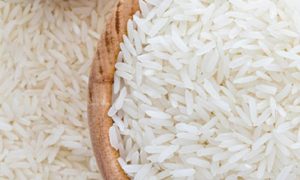China warns prolonged heatwave may damage rice, cotton crops

BEIJING (Reuters) – China’s weather bureau warned of a prolonged July heatwave in eastern, central, and southern regions, potentially reducing rice and cotton yields. The China Meteorological Administration (CMA) forecasts 1-2°C higher temperatures, signaling a second summer of extreme heat. Climate change is causing hotter, unpredictable weather, impacting global crop yields. Two typhoons are expected to make landfall in mainland China in July, adding to the climate challenges.
BEIJING (Reuters) – China’s weather bureau warned on Thursday that a prolonged heatwave forecast in the country’s eastern, central and southern regions in July may hit production of rice and cotton, as extreme weather continues to threaten its food production.
The China Meteorological Administration (CMA) said it expected temperatures in most areas across China to be relatively high over the next few months, signalling a second consecutive summer of extreme heat.
“It is necessary to guard against the risk of yield reduction of cotton, early rice and late rice caused by high temperature and heat damage,” Jia Xiaolong, the CMA’s deputy director, said at a briefing.
Summer temperatures in regions including Zhejiang, Jiangxi, Hunan, Fujian, Guangdong, Guangxi, Gansu and Ningxia are expected to be 1 to 2 degrees Celsius (1.8 to 3.6 degrees Fahrenheit) above normal, the CMA said.
China is facing hotter and longer heatwaves, as well as more frequent and unpredictable heavy rain as a result of climate change, the weather bureau warned.
Record-breaking temperatures last month have already broiled key grain producing provinces in the northwest and east, forcing corn farmers to delay planting, while torrential rain in other regions flooded soybean and rice fields.
Extreme weather is hurting developing crops globally as the impact of climate change intensifies, with vast swathes of farmland in China, Russia, India and the United States experiencing extremely hot conditions and below-normal rainfall, squeezing world supplies and pushing prices higher.
In its annual climate “Blue Book”, the CMA warned that maximum temperatures across the country could rise by 1.7 to 2.8 degrees Celsius (3 to 5 degrees Fahrenheit) within 30 years, with eastern China and the northwestern region of Xinjiang set to suffer the most.
The weather bureau also said two typhoons could make landfall in mainland China in July. The typhoons are expected to move in a west or northwest direction, authorities said.
















